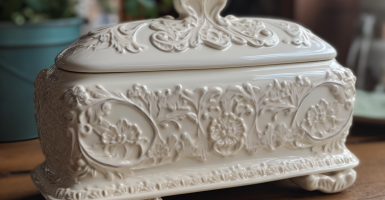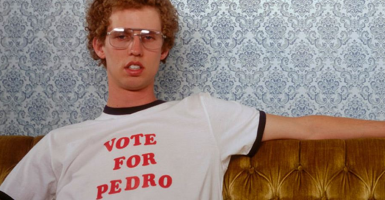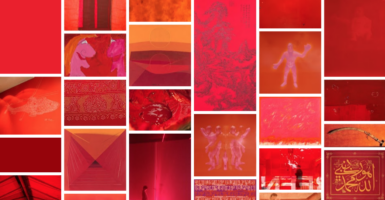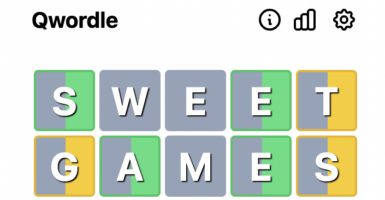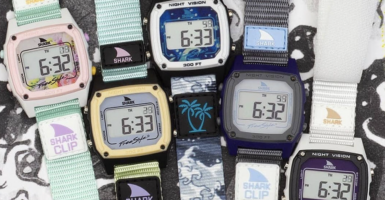Do You Remember These Timeless Classics? The Biggest Songs To Come Out Of The ’70s
While it’s hard to deny what a whirlwind the cultural landscape of the ’60s was, the ’70s also saw their own sweeping changes in popular culture. In some cases, we can chart those changes by the music that people couldn’t get enough of at the time.
Indeed, the transition from the waning flower power of the previous decade to the dominance of disco is a lot easier to figure out when you see the whole picture. Armed with Billboard’s year-end Hot 100 list data, we’re about to make that picture come in a little clearer.
Simon & Garfunkel – “Bridge Over Troubled Waters”
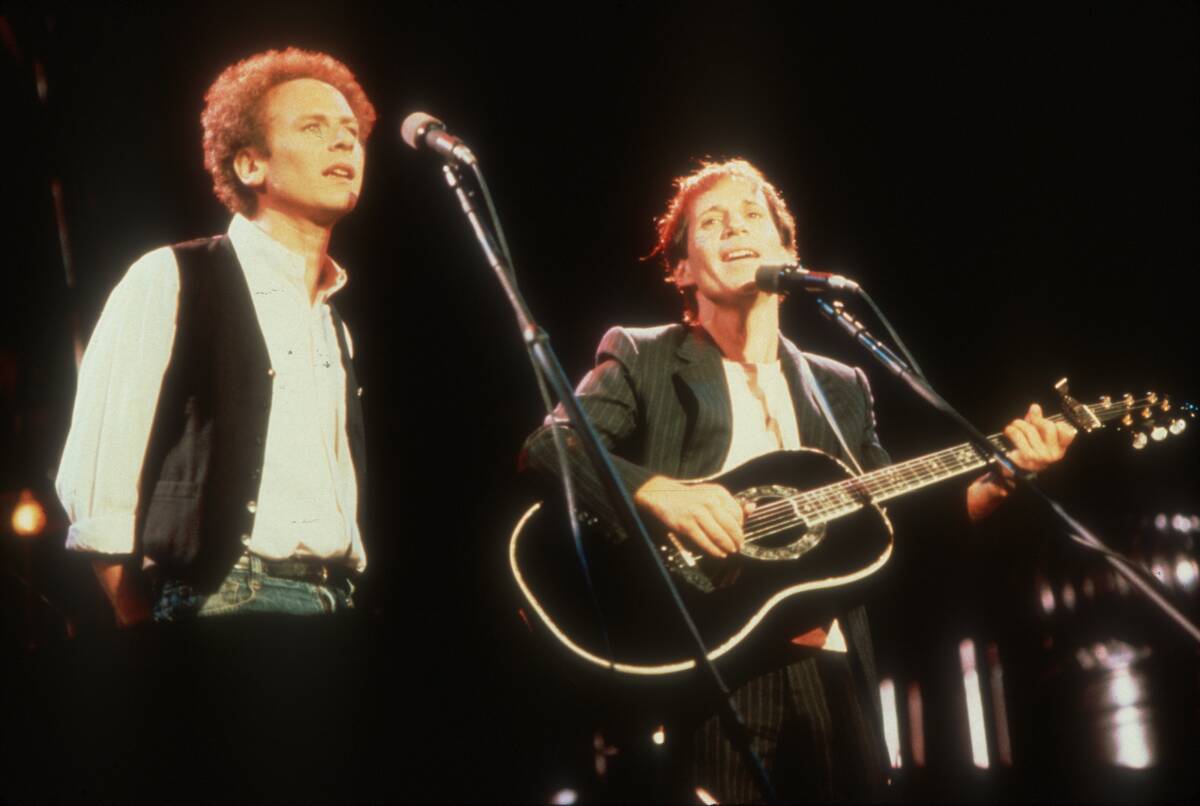
Although the hippie movement was already on its way out by 1970, that doesn’t mean that the artists they once appreciated and identified with had to follow suit.
In fact, 1970 would see folk legends Simon & Garfunkel release one of their most fondly-remembered classics — the tear-jerking ballad “Bridge Of Over Troubled Waters” — and the public was moved enough to make it the number-one song of the year.
The Carpenters – “(They Long To Be) Close To You”
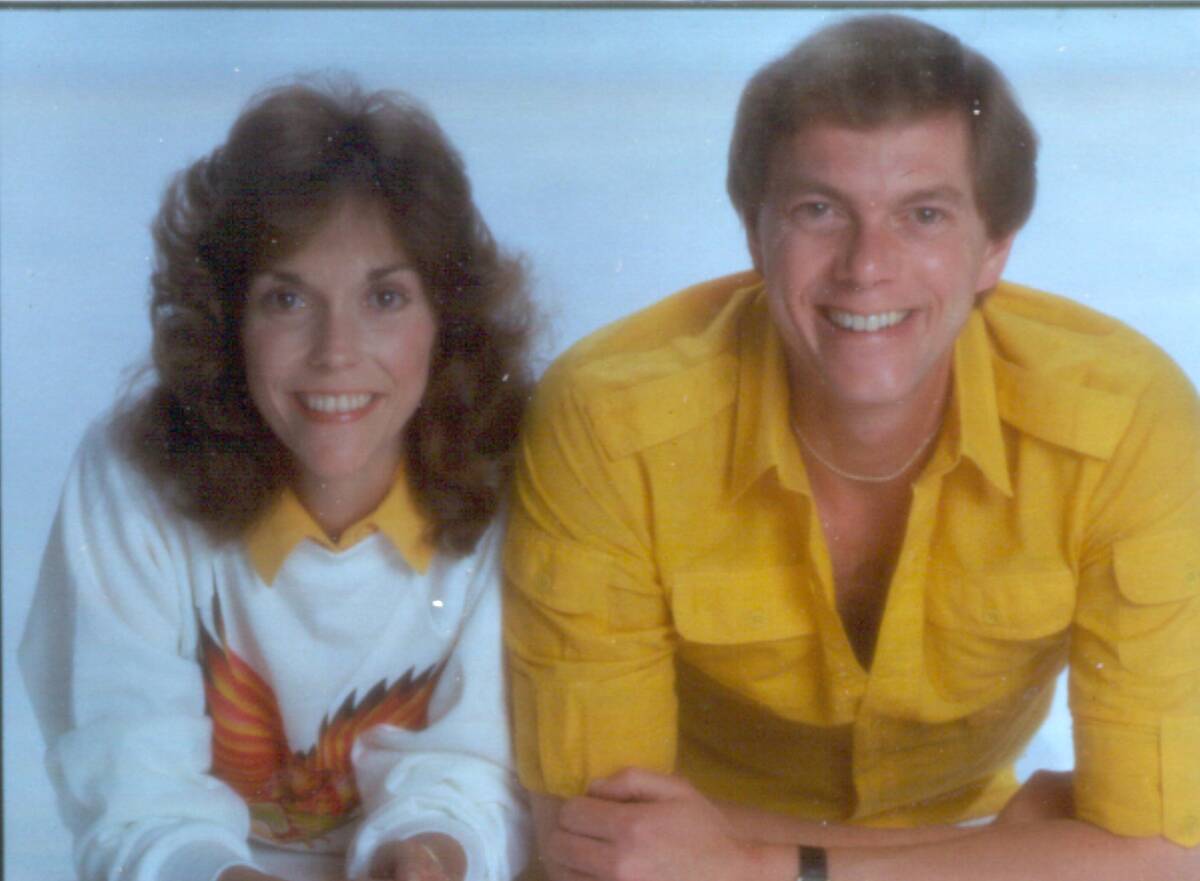
It’s probably fair to characterize much of the pop hits of the early ’70s as wholesome, easy-listening ditties and The Carpenters practically defined that side of the music scene.
Yet, while the band has faced criticism for their squeaky-clean image, that’s not to deny the Carpenter siblings’ legitimate talent or the soothing qualities of Karen Carpenter’s voice as she sang hits like the number-two song of 1970, ” (They Long To Be) Close To You.”
The Guess Who – “American Woman”
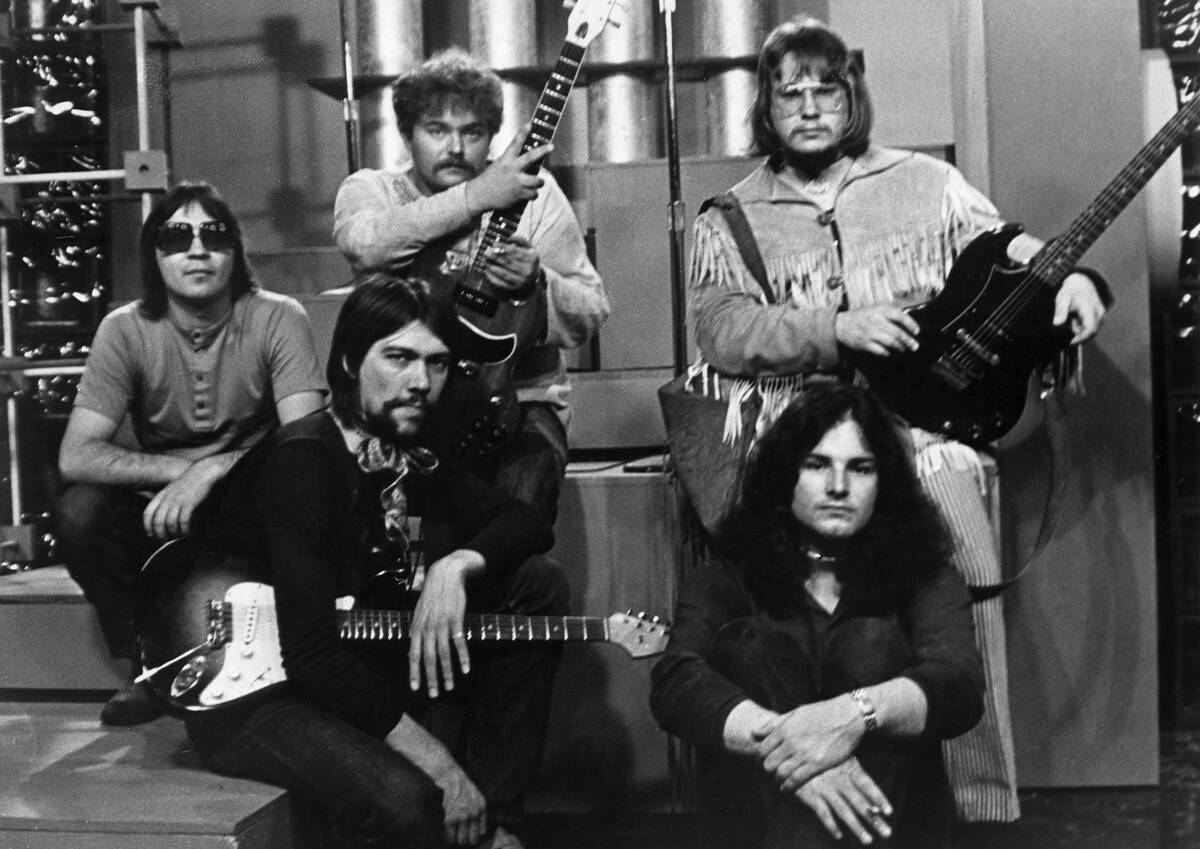
Known for its chugging riffs, clean electric guitar solos, and howling vocals, Canadian band The Guess Who’s “American Woman” endured in the popular consciousness long after it came out in 1970.
Despite the fact that the song’s lyrics were sometimes considered anti-American — Burton Cummings instead said they were about his perception that American women matured faster than Canadian women at the time — “American Woman” grew big enough in the States to be America’s number-three song of 1970.
Three Dog Night – “Joy To The World”
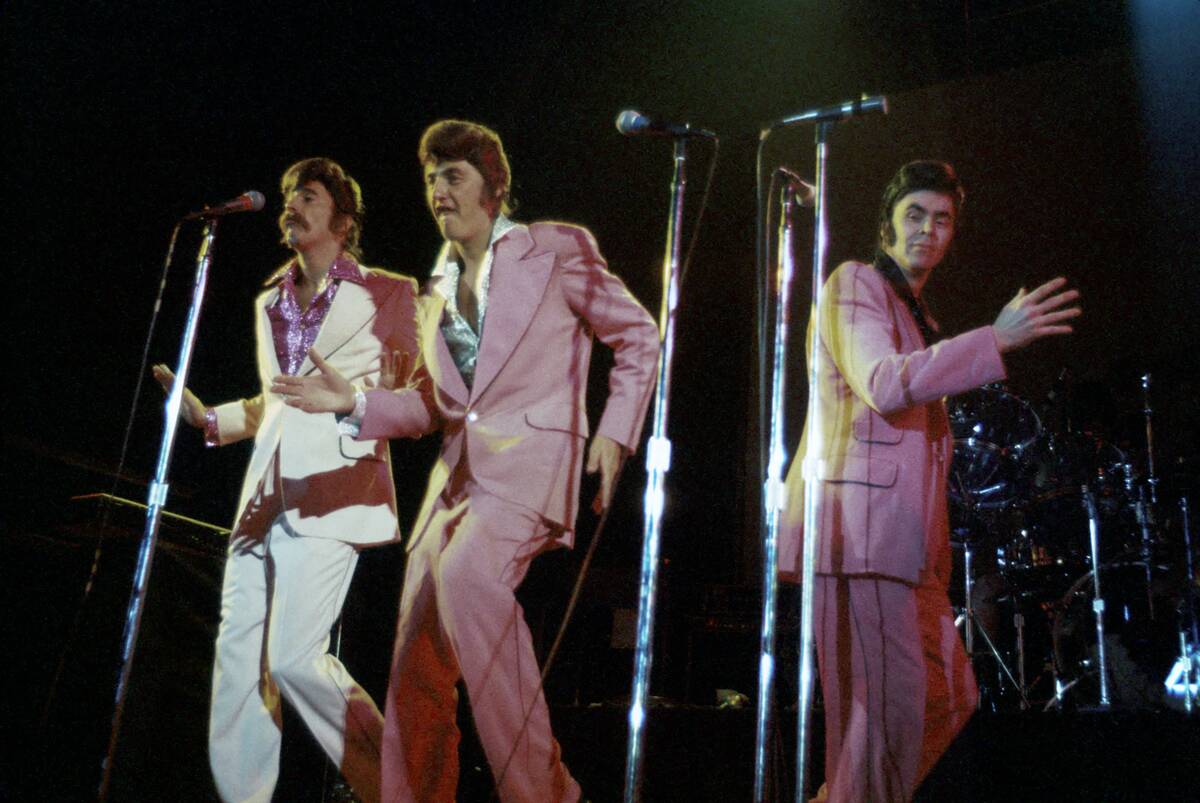
Although the rock band Three Dog Night made the happy, catchy classic “Joy To The World” famous, it was actually written by country singer Hoyt Axton.
Aside from its big chorus that wishes joy to everyone including the fishes of the sea, it’s best known for its nonsensical but enthusiastically-sung opening lyric, “Jeremiah was a bullfrog.” Apparently, Axton used the lyrics as a placeholder to make producers interested in the melody. The gambit worked and the song was the top track of 1971.
Rod Stewart – “Maggie May”
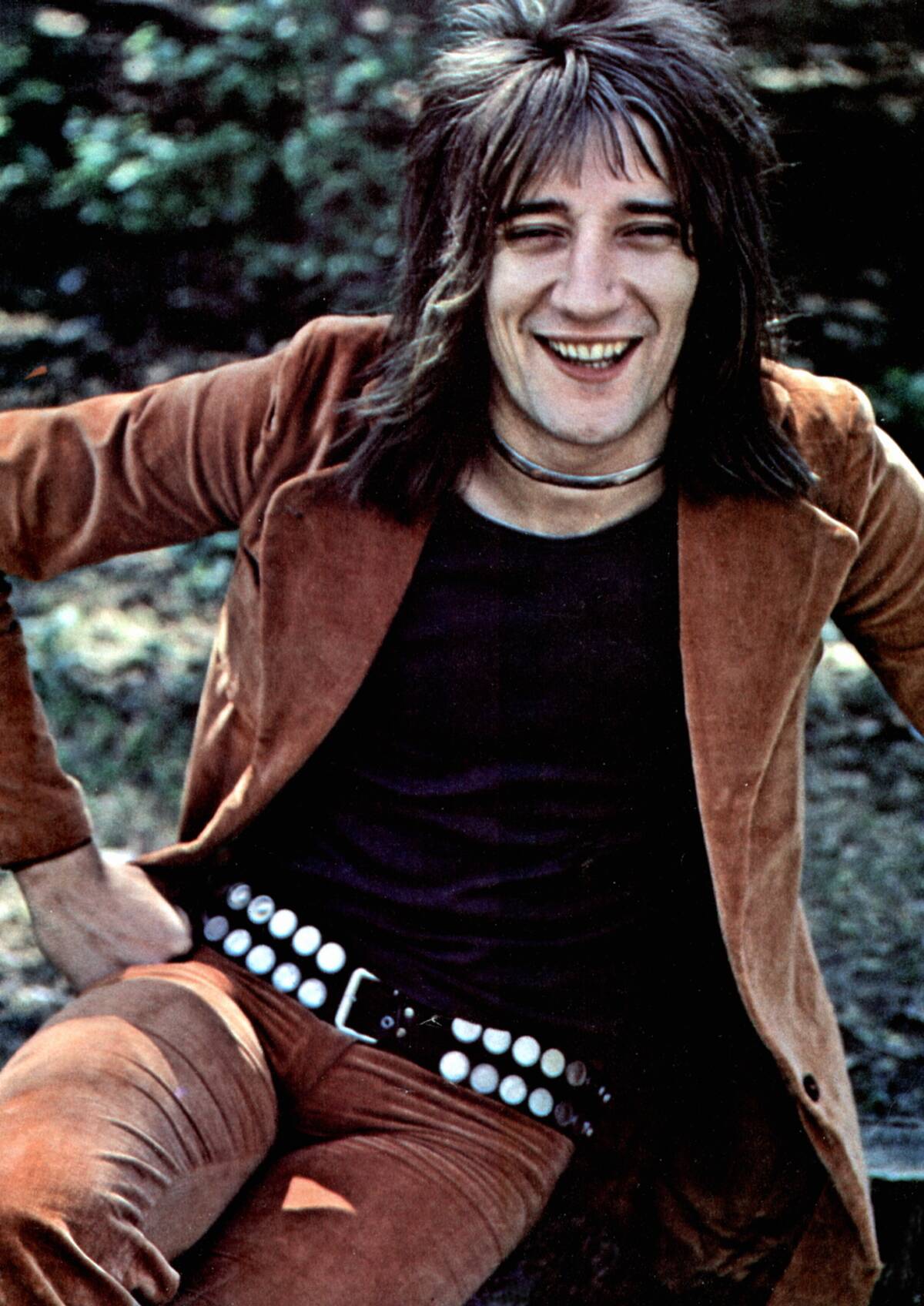
After releasing his debut solo record in 1969, Rod Stewart’s career ran concurrently with his band, Faces, throughout the ’70s. He immediately stood out for his raspy yet soulful and sentimental voice, which served him well in the romantic “Maggie May.”
Although it was intended as the B-side of his single “Reason To Believe,” “Maggie May” ended up eclipsing the minor hit and gave Stewart his first smash single in multiple countries. Its surprise popularity made it the second biggest hit of 1971.
Carole King – “It’s Too Late/I Feel The Earth Move”
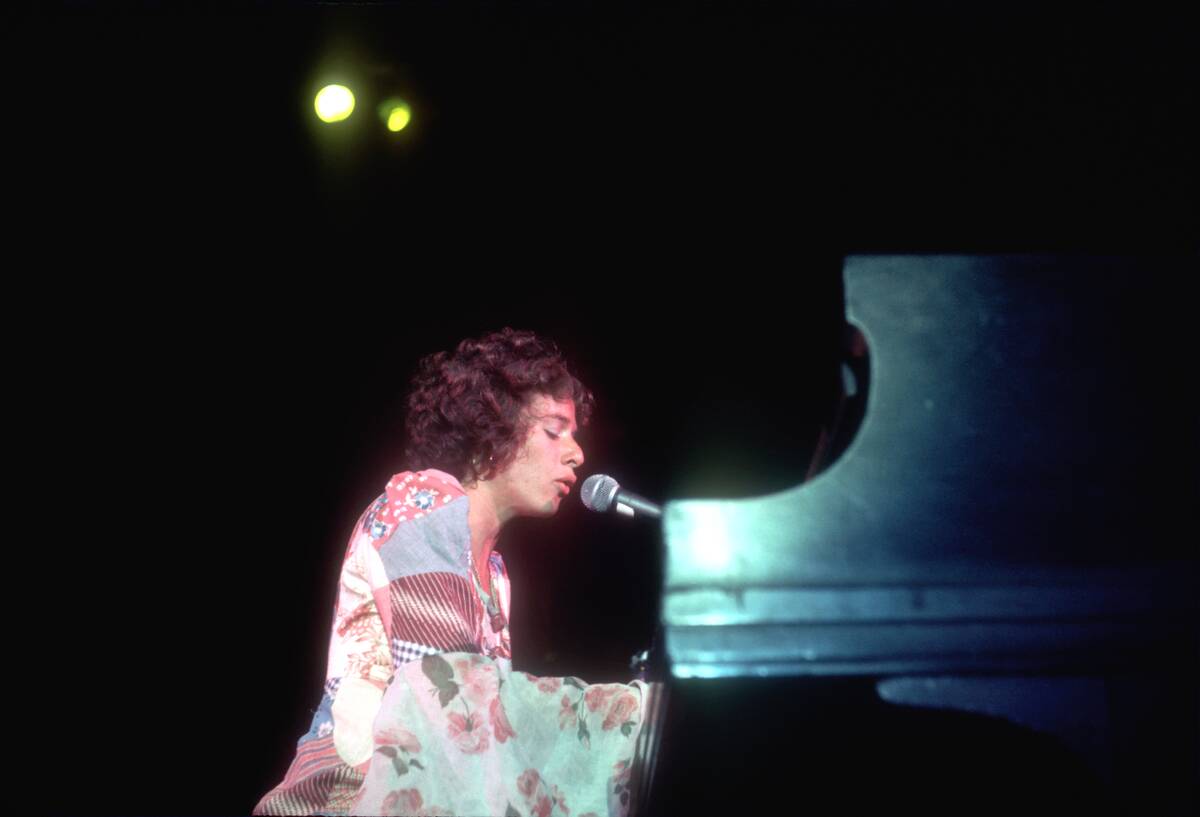
After working as a songwriter for over a decade, Carole King achieved a career zenith with her 1971 masterpiece, Tapestry. Although the album was a massive phenomenon in its own right, both sides of the single featuring “It’s Too Late” and “I Feel The Earth Move” became some of the year’s biggest songs.
Unlike the usual gulf between the A-sides and B-singles of singles at the time, both songs reached number one on the Billboard Hot 100, which made them essentially tied for third place in the organization’s 1971 year-end list.
Roberta Flack – “The First Time Ever I Saw Your Face”
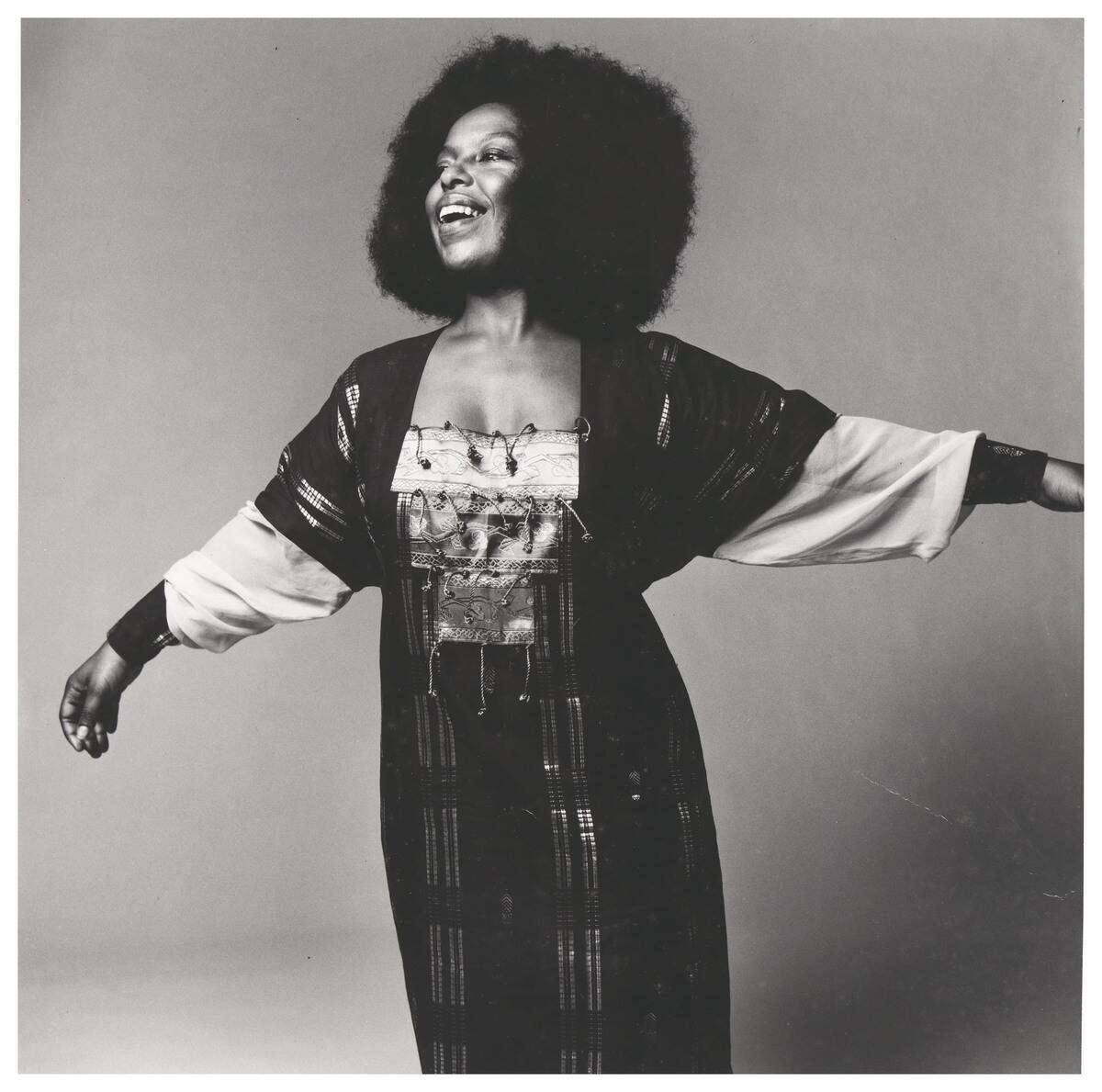
Although future decades would see previously existing songs see chart success thanks to a movie with increased frequency, that phenomenon wasn’t unheard of in the early 1970s either.
It’s true that Roberta Flack is better known for her version of “Killing Me Softly With His Song” in contemporary times but “The First Time Ever I Saw Your Face” nonetheless became an international sleeper hit after it was included in the Clint Eastwood film Play Misty For Me. As a result, it became the number-one hit of 1972 despite coming out in 1969.
Gilbert O’Sullivan – “Alone Again (Naturally)”

Irish singer-songwriter Gilbert O’Sullivan wrote “Alone Again (Naturally)” as a sad, contemplative ballad that sees its main character consider ending his life after being left at the altar and reminiscing about the loss of his mother. O’Sullivan assured the public that the song was not autobiographical.
Nonetheless, it still clearly spoke to people, as it spent six weeks at number one throughout 1972, making it the year’s second-biggest single. A landmark copyright infringement lawsuit in 1991 also gave the song a new historical context as the herald of the end of hip-hop’s golden age of sampling.
Don McLean – “American Pie”
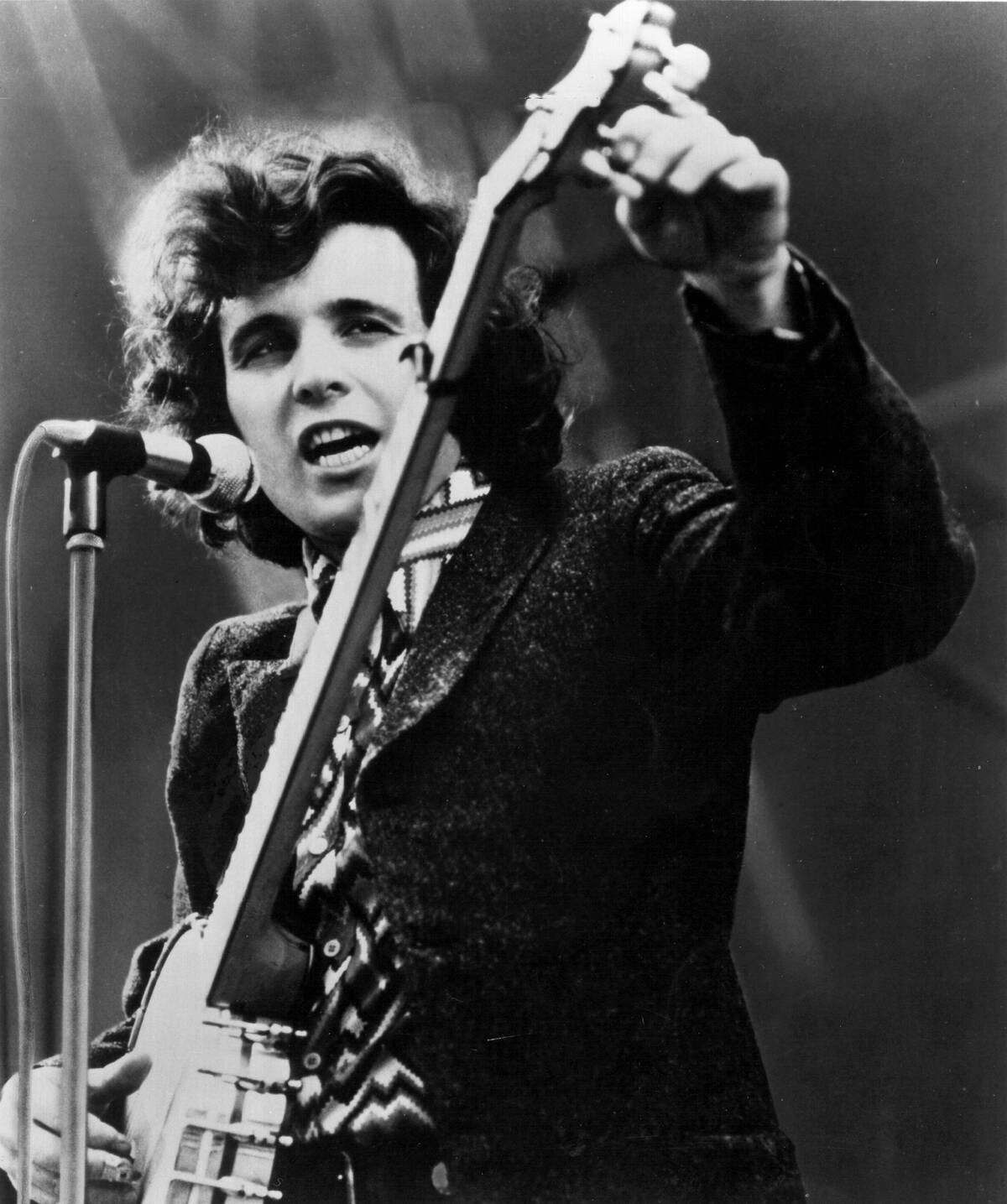
Cycles of nostalgia typically see people looking back 20 years before their time and that sentiment propelled songwriter Don McLean’s ambitious, lyrically-dense ode to the aftermath of Buddy Holly’s death.
At eight minutes and 42 seconds long, “American Pie” held the record for the longest song to top the Billboard Hot 100 for close to 50 years before it was unseated by Taylor Swift’s ten-minute version of “All Too Well” in 2021. Naturally, the song’s fascinating uniqueness gave it enough attention to rank third on Billboard’s year-end list for 1972.
Tony Orlando And Dawn – “Tie a Yellow Ribbon Round the Ole Oak Tree”

The early ’70s were a banner time for songs that told a story and “Tie a Yellow Ribbon Round the Ole Oak Tree” had perhaps the most enduring afterlife, if for reasons divorced from the song’s original meaning.
The act of tying a yellow ribbon around the oak tree was originally meant to signal that the main character’s girlfriend still loved him after his release from prison, but it was later adopted for political moments ranging from the Iran Hostage Crisis of 1979 to widespread protests in Hong Kong throughout 2014. It was also the number-one song of 1973.
Jim Croce – “Bad, Bad Leroy Brown”
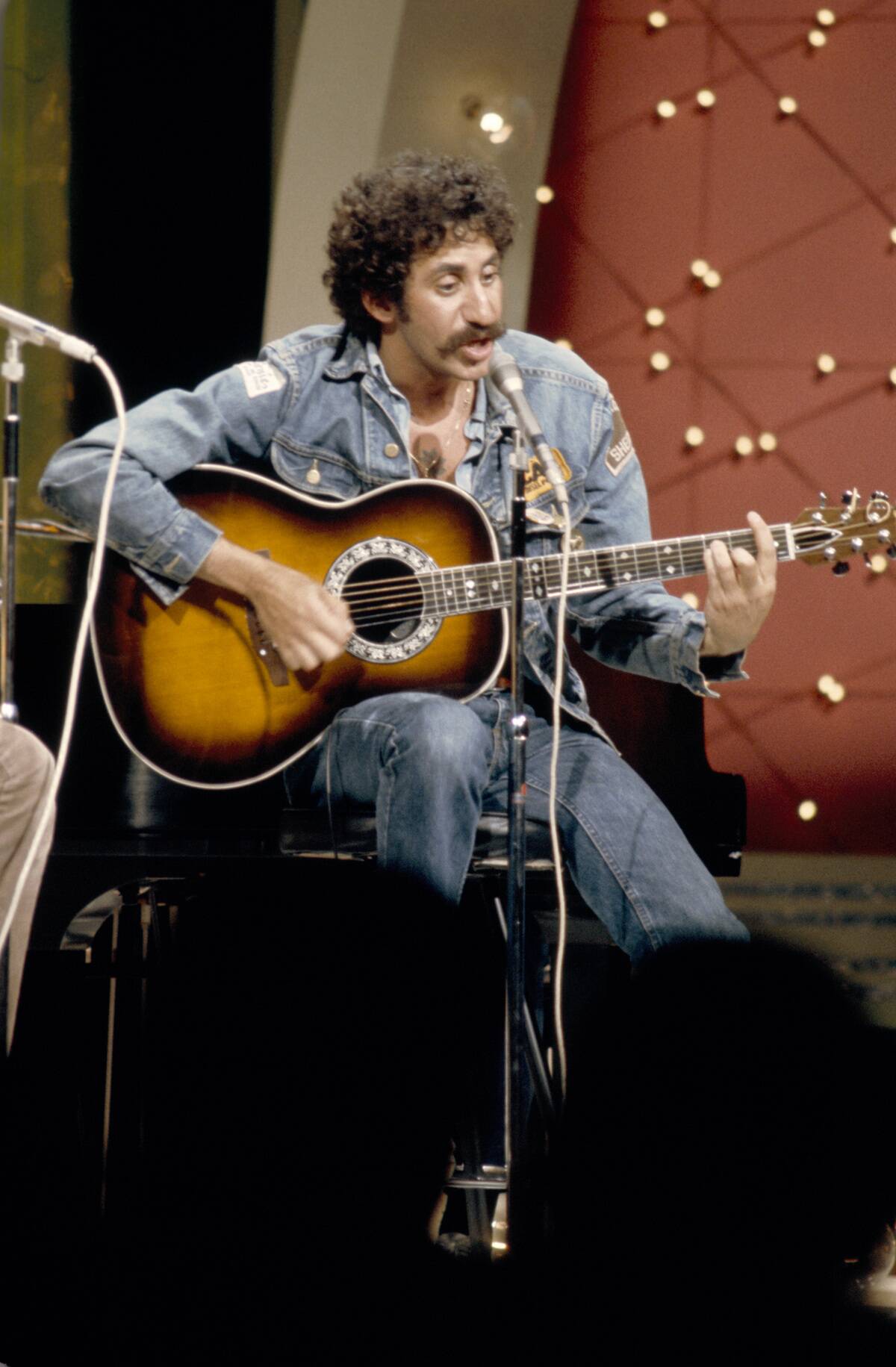
It seems that listeners in 1973 wanted an engaging story more than anything from their music and folk-rock singer/songwriter Jim Croce penned a portrait of a deeply fascinating character in “Bad, Bad Leroy Brown.”
The titular man had a reputation for wealth, charm, and danger that made women fascinated in him but men afraid of him. Despite the gun and razor he carried, however, one enraged husband eventually taught him that even the hardest men can be bested. Clearly, the story was a crowd-pleaser because the song was the second biggest hit of 1973.
Roberta Flack – “Killing Me Softly With His Song”
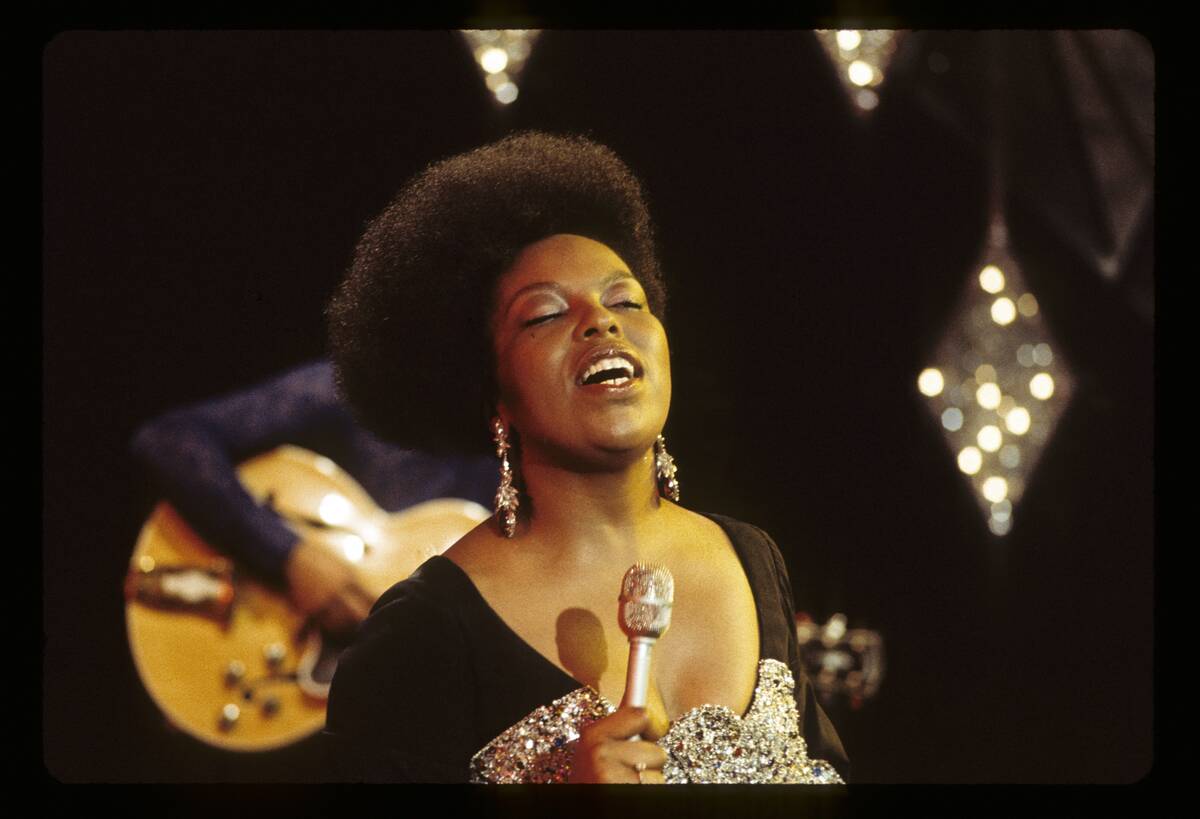
The early ’70s were an enviable time for Roberta Flack, as she had two massive number-one hits in successive years. As mentioned before, “Killing Me Softly With His Song” was the one that would stand the test of time the best, partially due to a cover version by The Fugees in 1996.
However, Flack wasn’t the first to record the song either, as Lori Lieberman released it as a single the year prior. Unfortunately for Lieberman, hers was the only version that didn’t chart. When Flack lent her voice to it, it was the third-biggest hit of 1973.
Barbra Streisand – “The Way We Were”
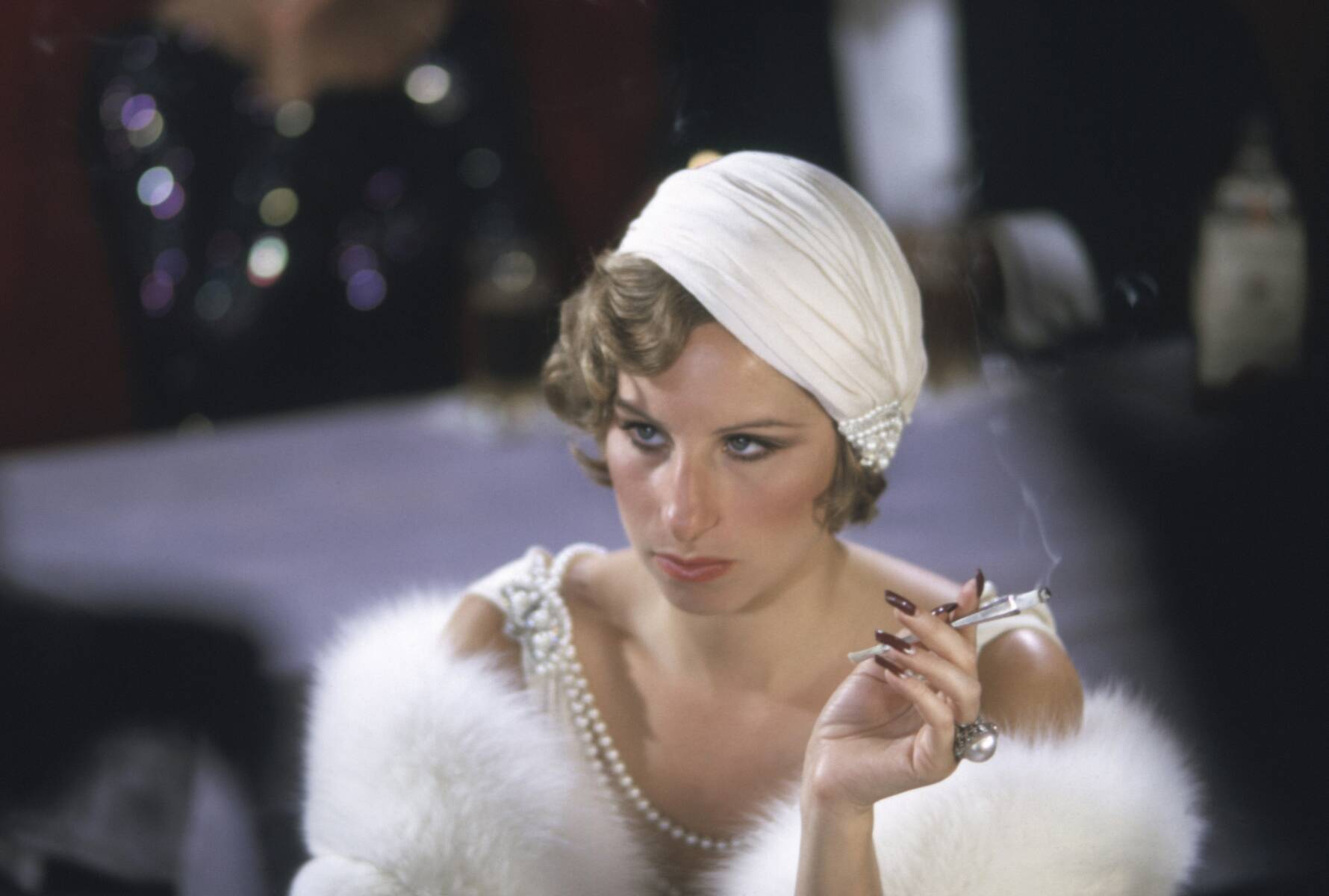
In retrospect, 1974 has gone down in history as one of the most dire years for pop music after Billboard’s charts started keeping track of it. However, it was also a huge year for veteran singer and actress Barbra Streisand.
While Streisand notched five top-ten hits across three decades, the first number-one hit she enjoyed is one of the first songs people think of when she comes to mind, “The Way We Were.” That was just as true in 1974 when it became the year’s biggest hit.
Terry Jacks – “Seasons In The Sun”
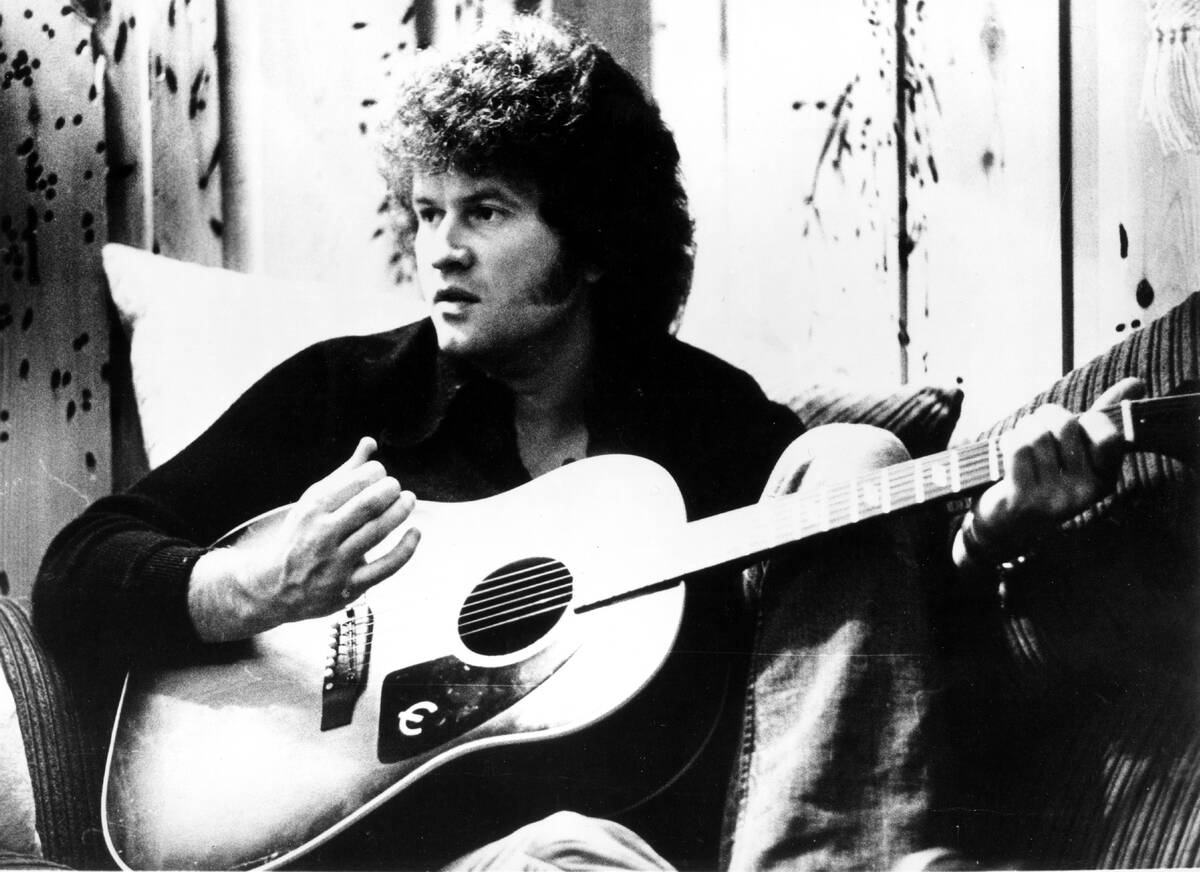
Unfortunately for Canadian one-hit wonder Terry Jacks, his 1974 smash hit “Seasons In The Sun” is often remembered as emblematic of the story song bust that made 1974 such a maligned year in pop music history.
The song depicts a dying man’s final farewell to his loved ones and captured enough hearts as to be the year’s second biggest hit song. However, discontent with the music business soon made Jacks uninterested in following it up and he decided to stop recording and go into music production before the decade was out.
Love Unlimited Orchestra – “Love Theme”
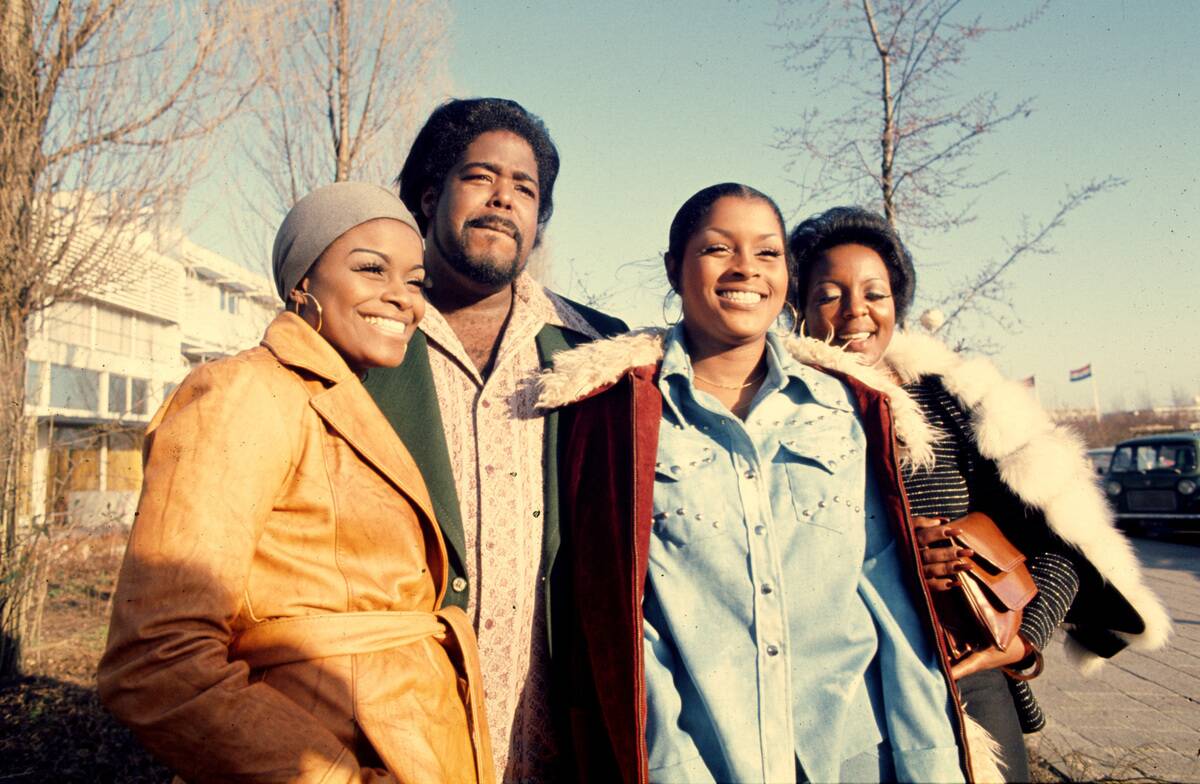
Although soul legend and Love Unlimited Orchestra impresario Barry White is better known for hits that featured his powerful but sensual bass voice, it was his composition skills that earned him a major accolade in 1974.
That’s because “Love Theme” was solely an orchestral instrumental, making it one of the only recordings of its kind in pop music history to top the Billboard Hot 100, at least in the United States. Improbably, it became the third biggest song of the year.
Captain & Tennille – “Love Will Keep Us Together”
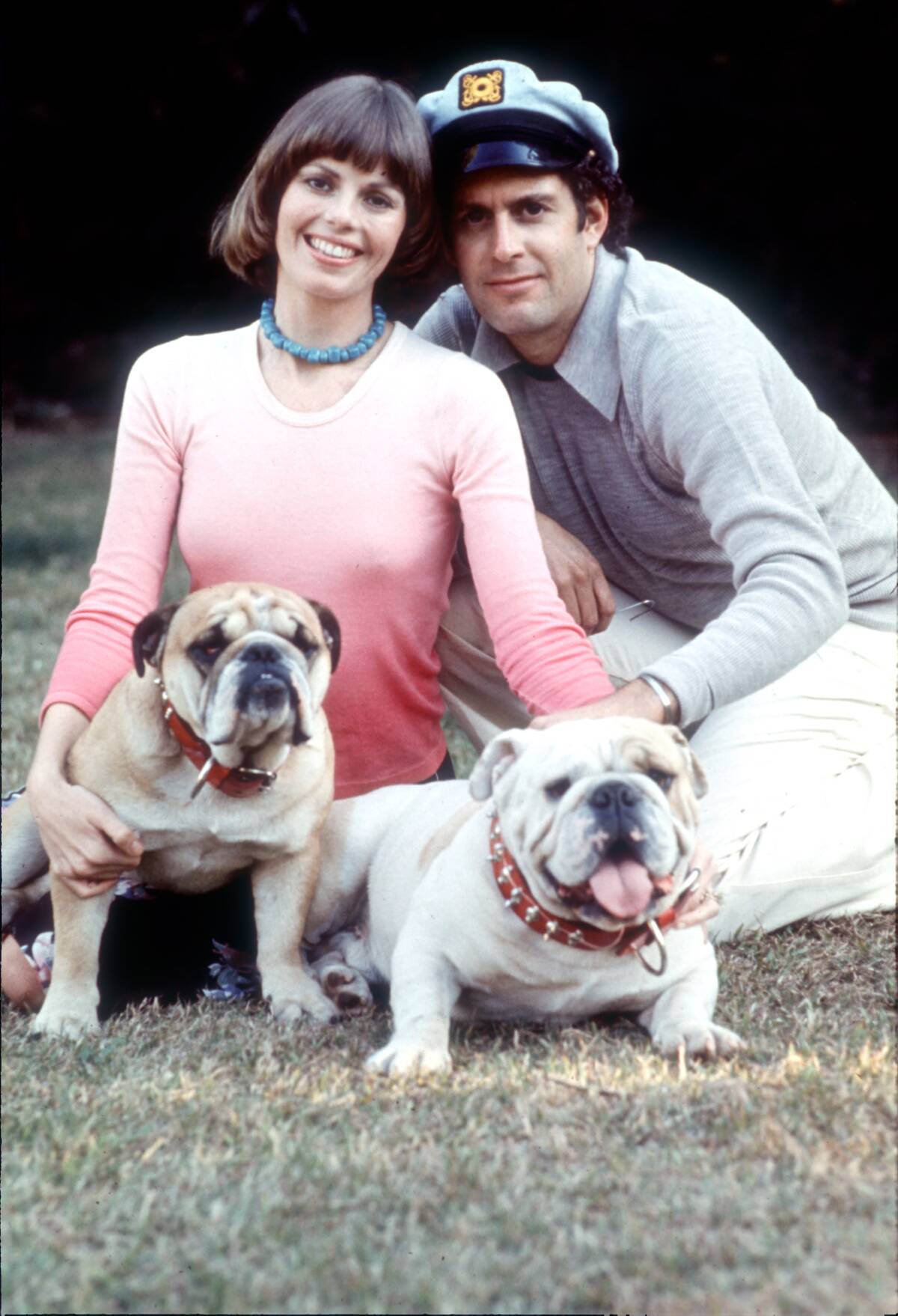
Daryl “Captain” Dragon and Toni Tennille broke into the music scene as keyboardists for the Beach Boys but formed their own duo in Los Angeles after touring with the legendary band. Initially called The Dragons, they achieved mainstream success after changing their name to Captain & Tennille, a reference to Dragon’s signature hat.
Although “Love Will Keep Us Together” failed to achieve much upon its original release in 1973, a cover version by the duo would become the year’s biggest song. Indeed, that momentum was likely only helped by the fact that Dragon and Tennille married before the year was out.
Glen Campbell – “Rhinestone Cowboy”
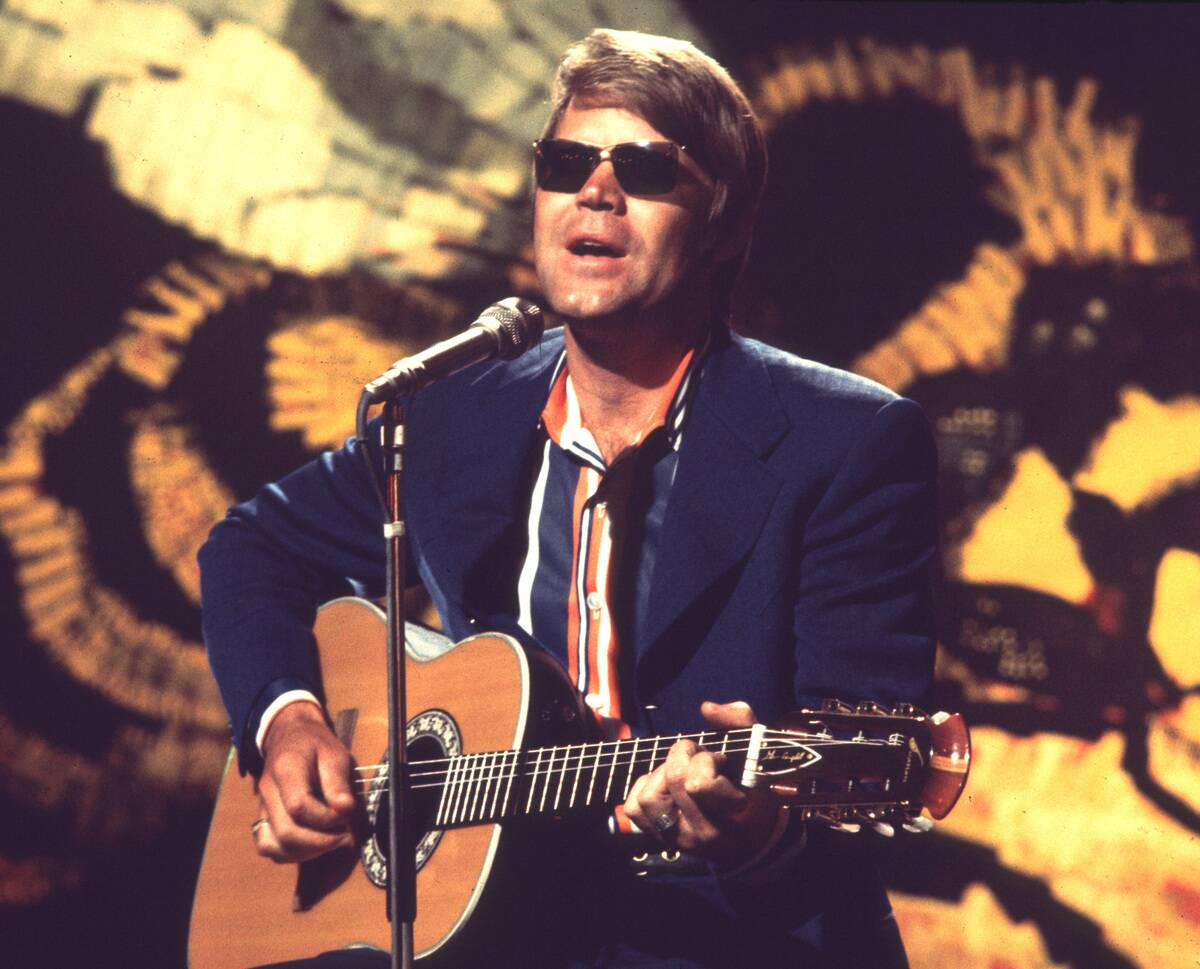
Considering how significant the image portrayed in the country classic “Rhinestone Cowboy” is to Glen Campbell’s legacy, it may be a little surprising to learn he didn’t write. In fact, he only heard it because American songwriter Larry Weiss managed to make it a minor hit in Australia by the time Campbell toured the nation.
The song about a struggling veteran artist moved him enough to learn it and his spin on it became so beloved that “Rhinestone Cowboy” went from a moderately successful single in Australia in 1974 to the second biggest song in America by 1975.
Elton John – “Philadelphia Freedom”
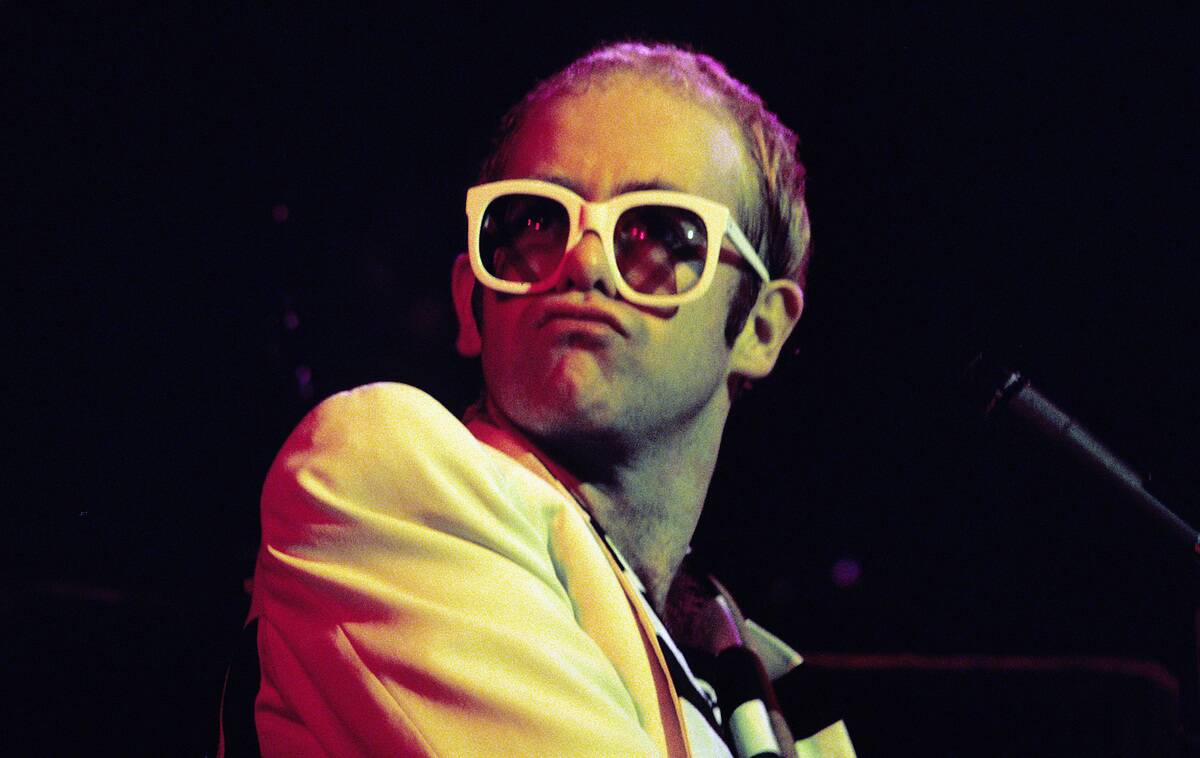
Despite its patriotic name, Elton John was inspired by his friend, the tennis star Billie Jean King. She was part of the Philadelphia Freedoms tennis team, which led John to ask his collaborator Bernie Taupin for relevant lyrics.
However, the song didn’t end up having much to do with tennis or American patriotism, as Taupin struggled to work with the subject matter. Nonetheless, the duo couldn’t have picked a better time to write a song with that title, as the lead-up to America’s bicentennial celebrations in 1976 propelled a song with even an apparent reference to the American Revolution to smash hit status.
Wings – “Silly Love Songs”
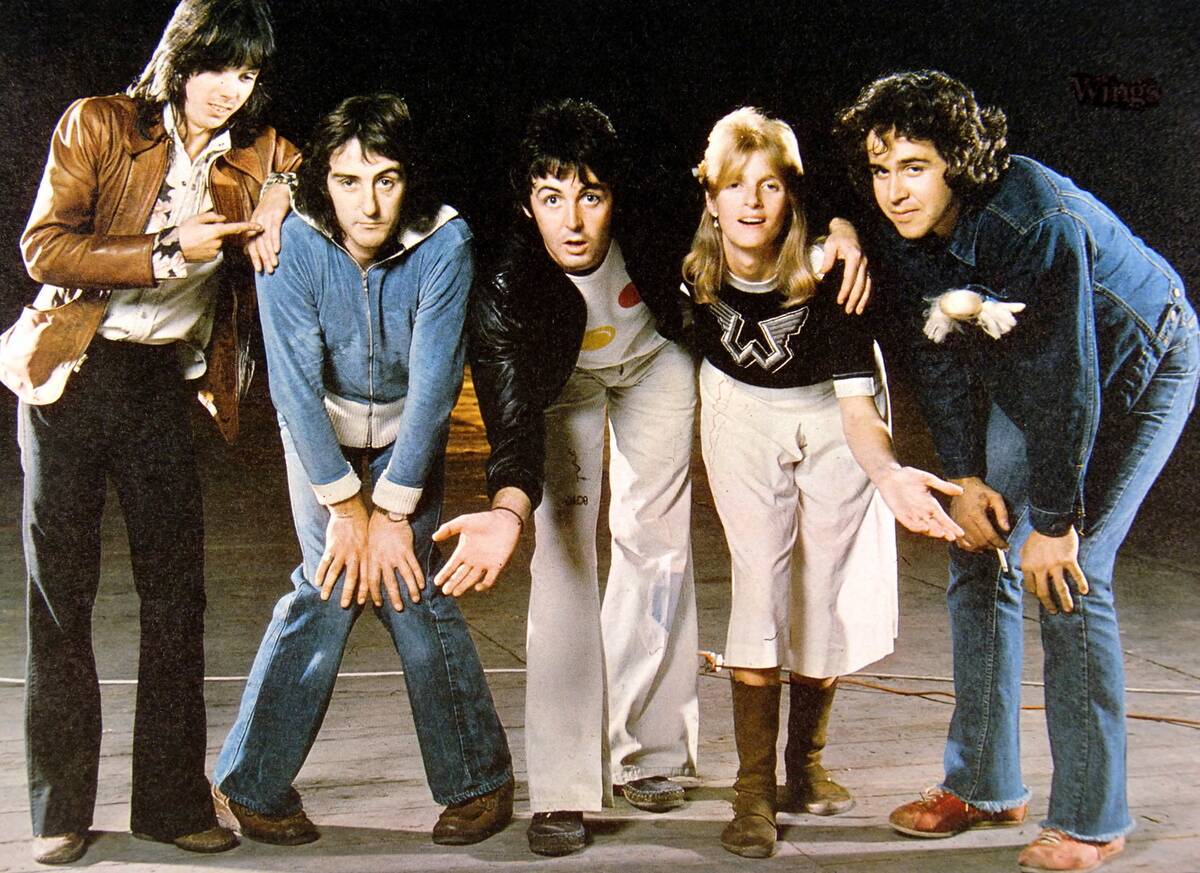
Following the breakup of the Beatles, Paul McCartney achieved both commercial and creative fulfillment throughout the 1970s with an all-new band, Wings. Alongside his then-wife Linda, McCartney wrote a breezy rebuttal to John Lennon’s scathing song “How Do You Sleep?” that defended his penchant for wholesome love songs.
As he put it in the song, “Some people want to fill the world with silly love songs/And what’s wrong with that?” Clearly, the public’s answer was “nothing,” as “Silly Love Songs” spent five weeks at number one and Billboard considered it the biggest hit of 1976.
Elton John & Kiki Dee – “Don’t Go Breaking My Heart”

While many duets over the years have proved popular choices at karaoke, it’s a little easy to underestimate how enduring and venerated Elton John’s 1976 collaboration with English singer Kiki Dee remains in pop history.
Although footage of them performing “Don’t Go Breaking My Heart” was electrifying enough to turn heads even half a century later, the recording proved popular enough to become the second biggest hit of 1976.
Johnnie Taylor – “Disco Lady”
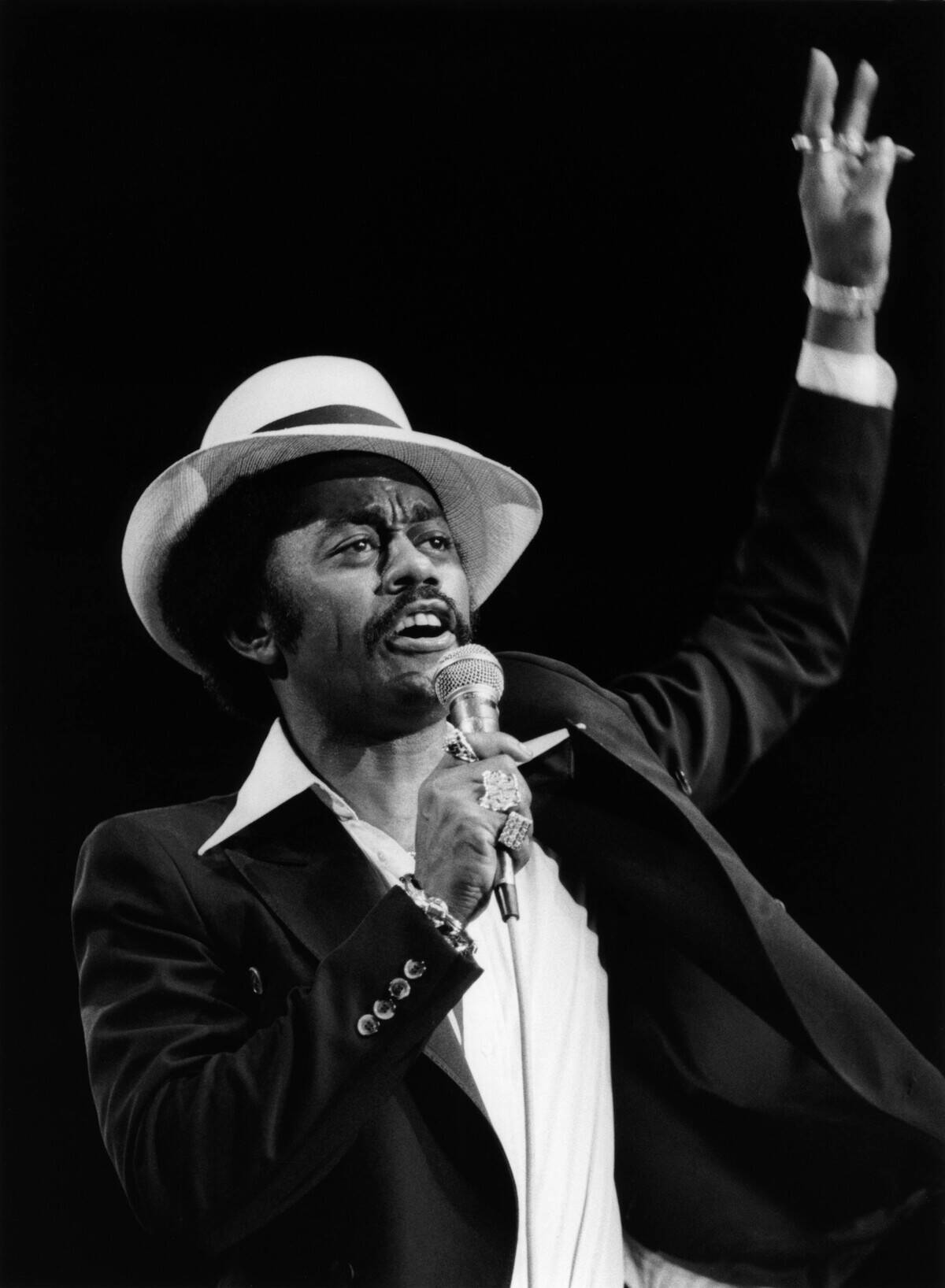
Although Johnnie Taylor had a respectable career as a soul and R&B singer throughout the 1960s and 1970s, his career reached its peak after he tapped into the disco scene that would go on to dominate the late ’70s.
“Disco Lady” was a strong early indicator of the commercial viability of disco at the time, as it held the number-one spot on the Billboard Hot 100 for the entirety of April 1976. Thus, it became the year’s third biggest hit.
Rod Stewart – “Tonight’s The Night (Gonna Be Alright)”
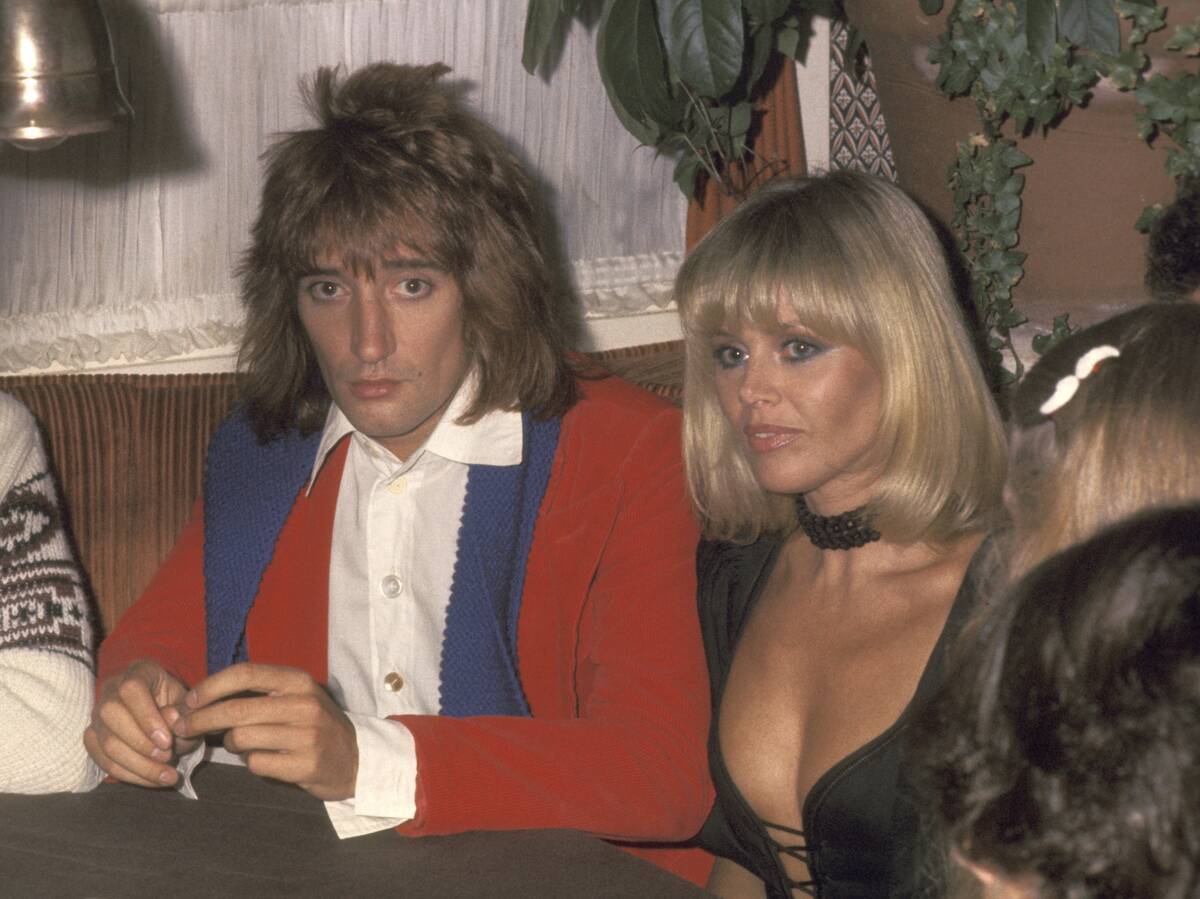
Although Stewart had already seen some impressive success in the ’70s by the time he recorded “Tonight’s The Night (Gonna Be Alright),” his career hit new heights with the sensual love jam that also featured a French spoken word section from his then-girlfriend, Britt Eklund (pictured).
The song wasn’t without controversy, as Reverend Jesse Jackson was among the voices protesting the song’s more lascivious lyrics, with the lyric “Spread your wings and let me come inside” ruffling particular feathers. Nonetheless, it was the biggest hit of 1977.
Andy Gibb – “I Just Want To Be Your Everything”
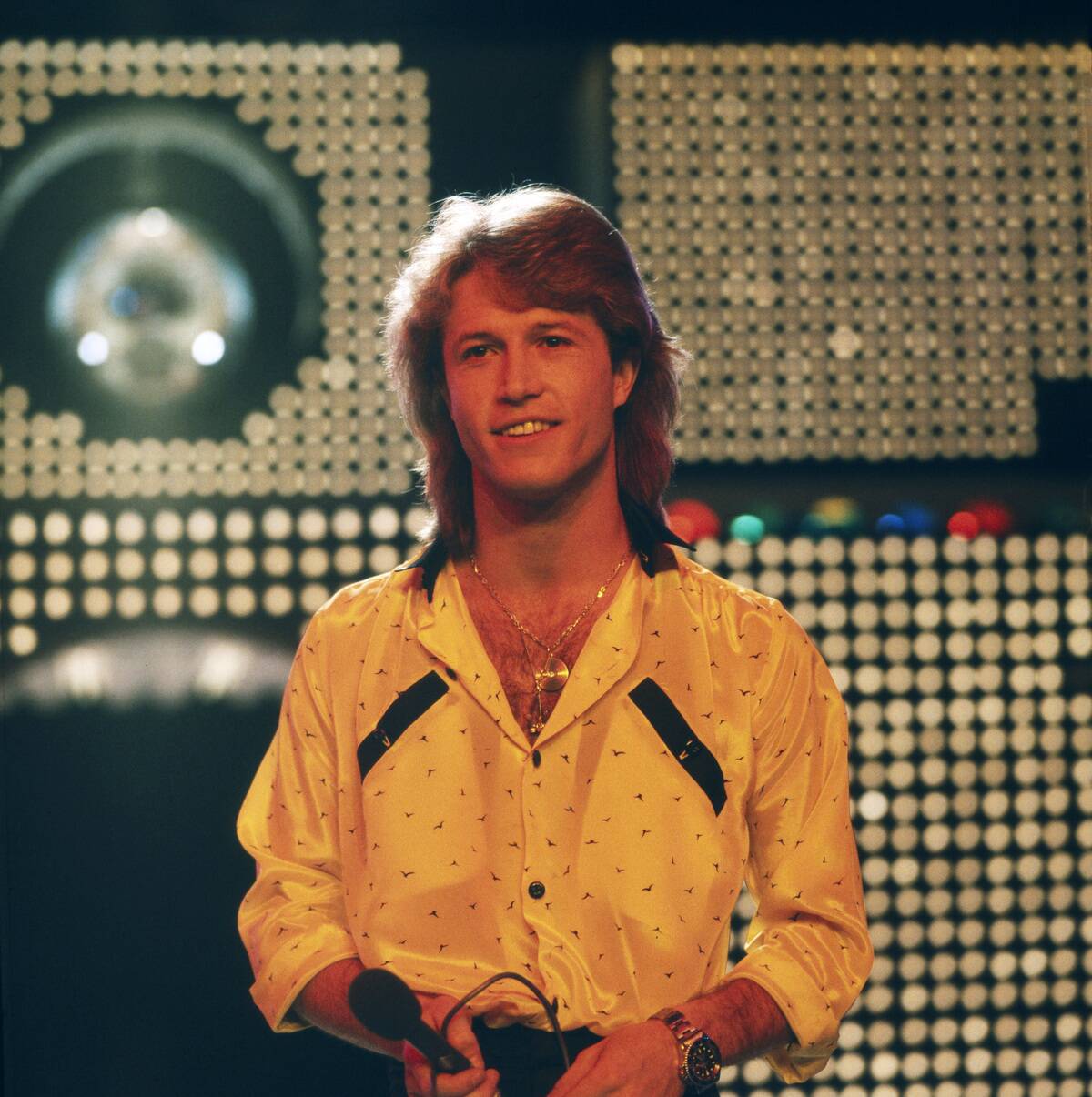
It’s fair to say that the Bee Gees practically ruled the late ’70s but for as much as the elder brothers Gibb accomplished together in that decade, the youngest of them — who wasn’t in the group — would have the biggest feather in his cap by the end of 1977.
Written by his brother Barry, “I Just Want To Be Your Everything” proved a runaway hit for Andy Gibb’s 1977 debut album Flowing Rivers and the second biggest song of the year.
The Emotions – “Best of My Love”

Although they were originally a gospel act called The Hutchinson Sunbeams, the Hutchinson sisters renamed themselves the Emotions after pivoting to R&B in the late ’60s.
They continued in this genre throughout the ’70s but like many soul acts at the time, The Emotions found themselves incorporating disco into their work. This turned out to be a prudent decision, as the disco hit “Best Of My Love” became the third biggest hit of 1977.
Andy Gibb – “Shadow Dancing”
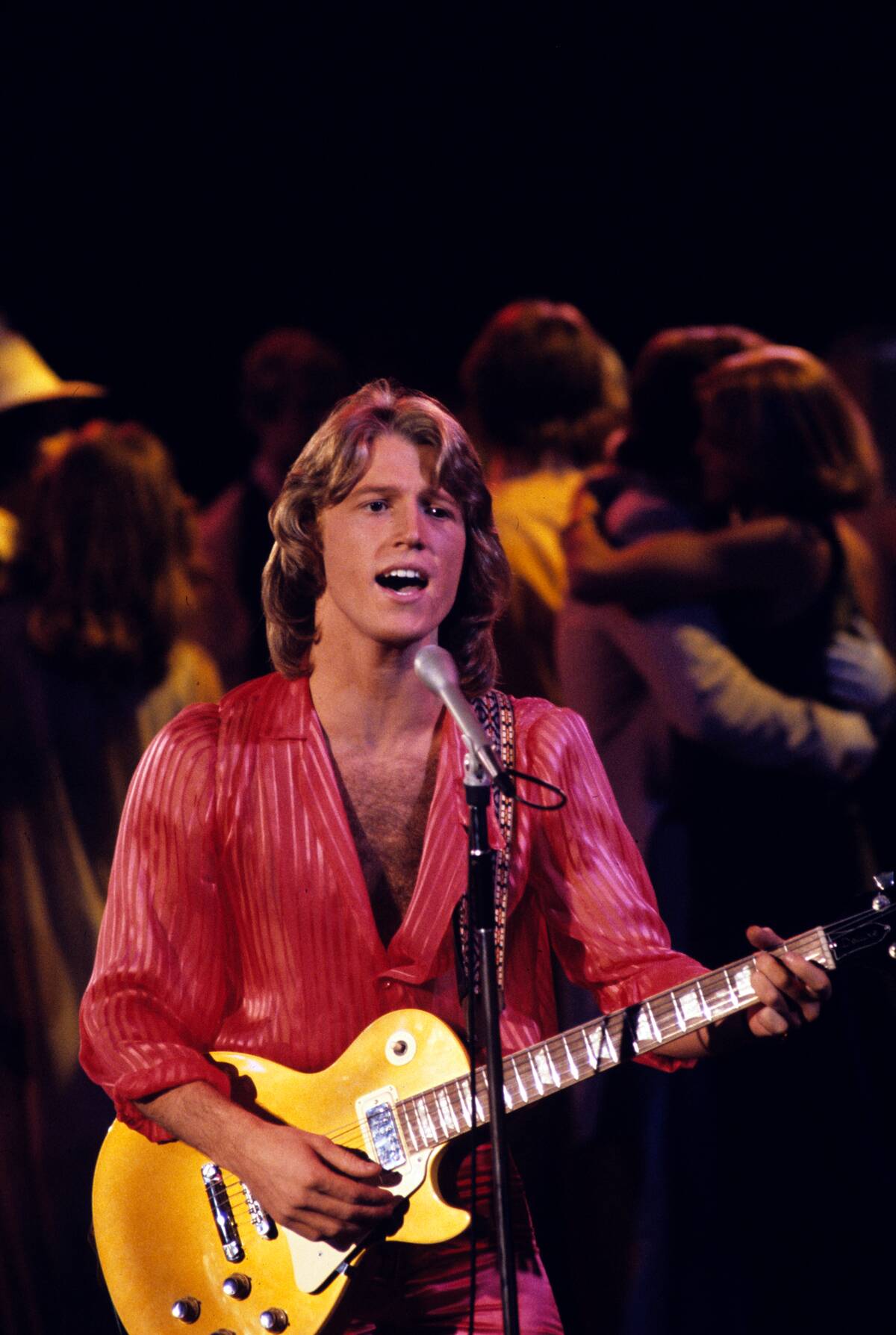
While Andy Gibb’s debut record featured an impressive hit in 1977, his star was just beginning to rise. That’s because he would turn out to have the biggest hit in the United States in 1978 with “Shadow Dancing.”
Despite the fact that the Bee Gees loomed larger in the ’70s disco scene in retrospect, the youngest Gibb actually had the most success in the genre at the time. Although his career would quickly lose steam in the ’80s, “Shadow Dancing” represented his commercial peak.
Bee Gees – “Night Fever”

Although the Bee Gees were already seeing some serious success by 1978, the release of the modern classic Saturday Night Fever put them on top of the world, as they helmed the era-defining movie’s soundtrack.
Yet, while the enduring hit “Staying Alive” remains as popular as ever and “How Deep Is Your Love” was also a massive hit from the soundtrack, the quasi-title track “Night Fever” proved the biggest among them at the time. It and “Staying Alive” dueled for the top of the charts but “Night Fever” won out with eight weeks spent at number one.
Debby Boone – “You Light Up My Life”
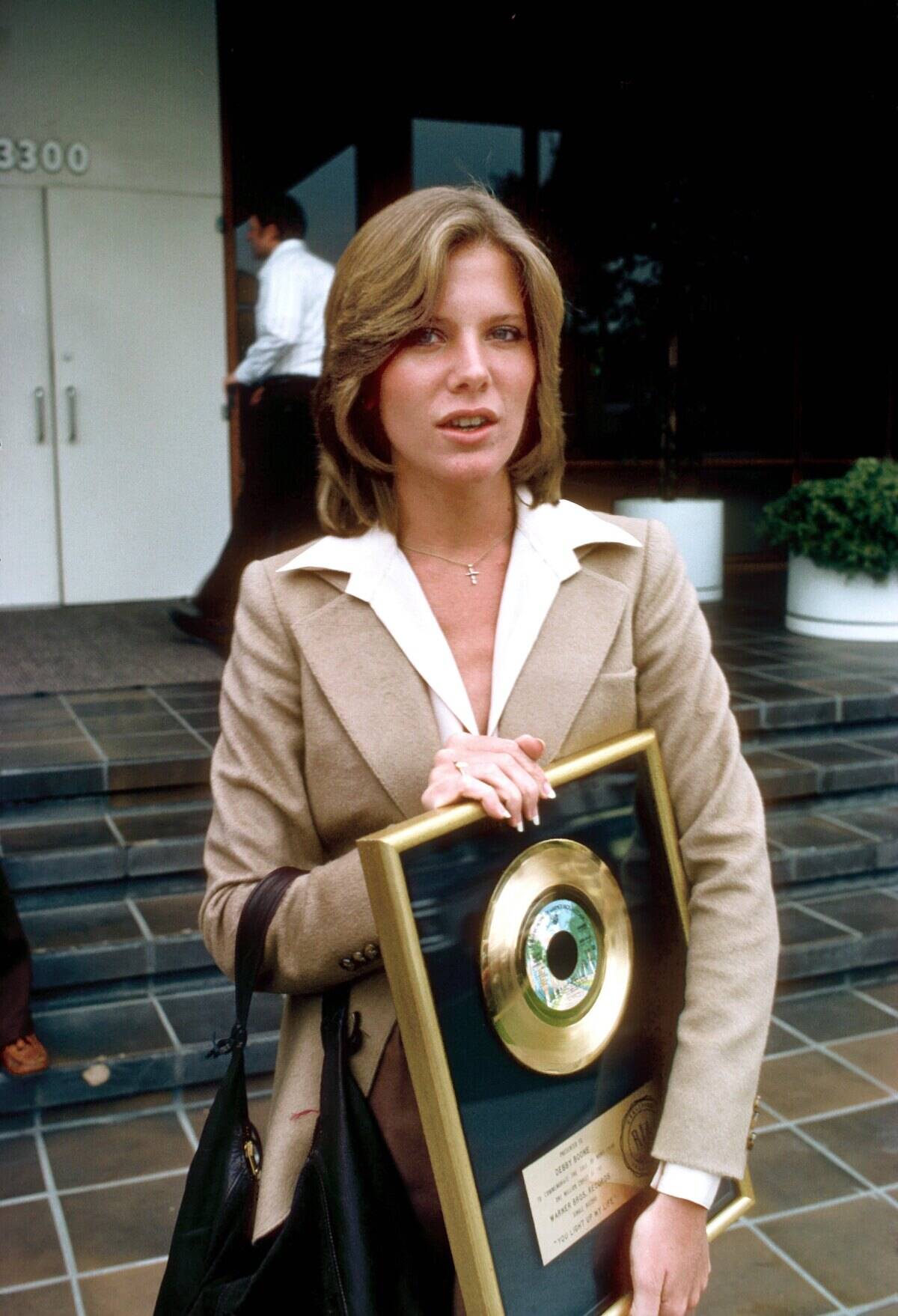
Although “You Light Up My Life” was originally recorded for the 1977 film of the same name by Kasey Cisyk, that year also saw the release of a cover version by Debby Boone, the daughter of veteran Christian artist Pat Boone.
Most of this cover’s chart momentum occurred in 1977 but it proved such a runaway hit for Boone that Billboard considered it the third biggest hit of 1978 after it topped the organization’s Hot 100 chart for ten consecutive weeks. Curiously, it would prove to be Boone’s only Top 40 hit.
The Knack – “My Sharona”

Although disco was still very much a viable commercial prospect in 1979, it’s also true that the market for it was saturated by then and the effects of that ubiquity were starting to show. That’s why Billboard’s biggest hit of 1979 wasn’t a disco song but rather the straightforward, catchy, and timeless rock classic, “My Sharona.”
Its simple but hard-hitting riff, stuttering vocal scheme, and exuberant sing-along chorus propelled the song to number one for six weeks. It was also the fastest single to achieve gold status released by Capitol Records since the Beatles song “I Want To Hold Your Hand” from 1964.
Donna Summer – “Bad Girls”
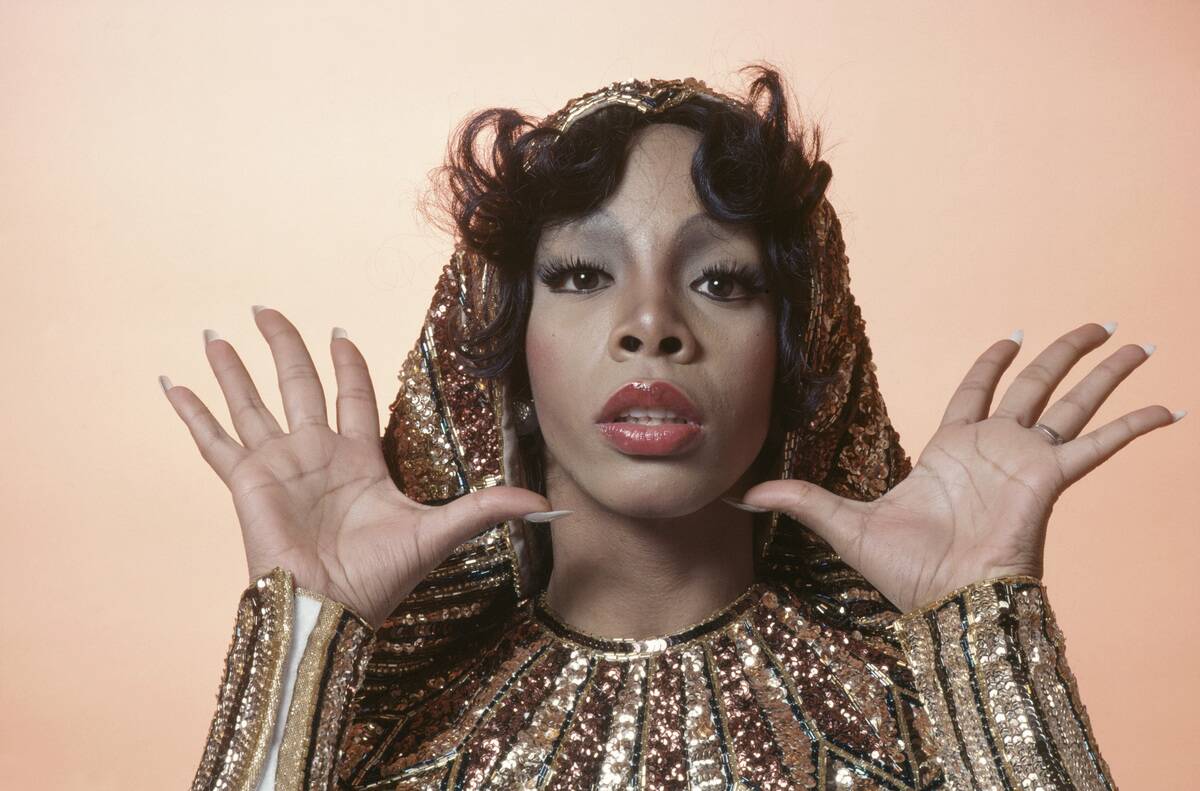
Although the disco backlash that would get particularly ugly by the early ’80s had already started to form in 1979, it was nonetheless true that disco’s dominance in the mainstream wasn’t over yet.
One of the genre’s biggest artists was Donna Summer and “Bad Girls” marked her biggest achievement for multiple reasons. Not only did it top the Billboard Hot 100 for five weeks but it made Summer the first female artist to have multiple songs enter the top ten at once, with the better-remembered “Hot Stuff” being the other song involved.
Chic – “Le Freak”
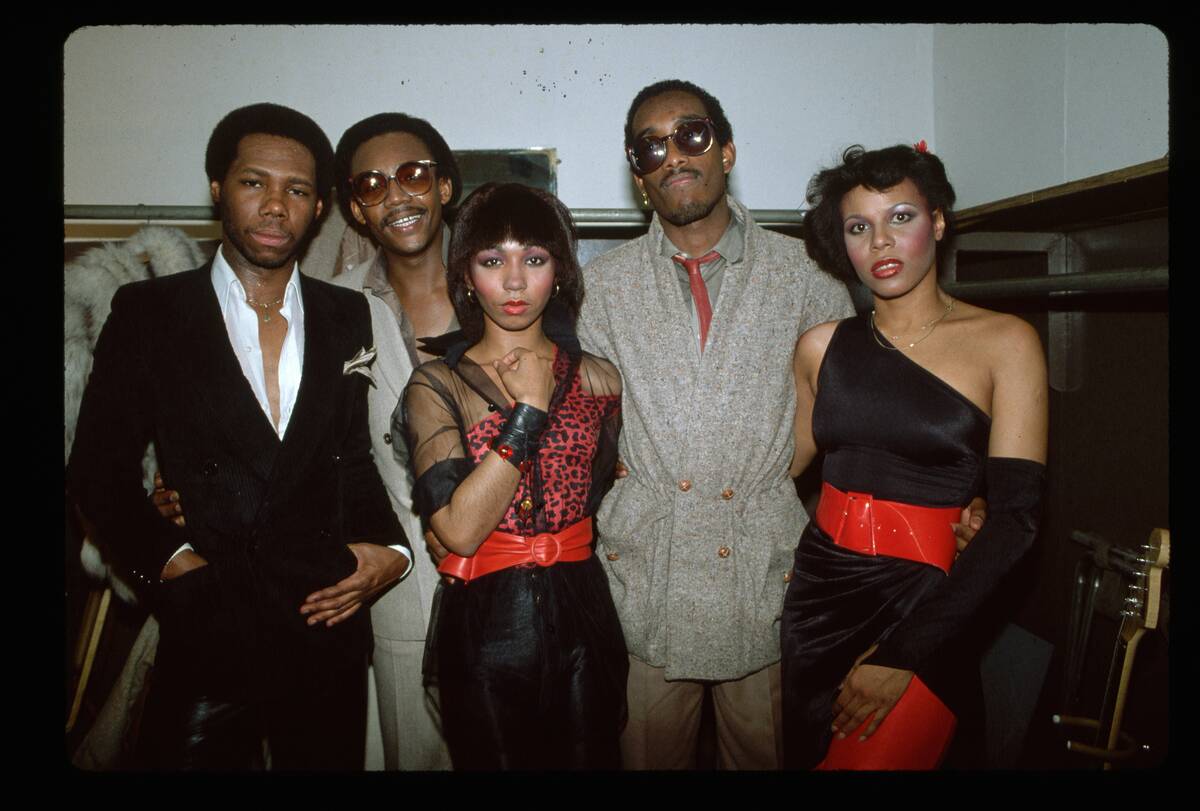
During the disco era, there was no hotter place to be than Studio 54 in New York City, and the staff at the club knew it. In fact, their penchant for turning people away became so infamous that it ended up inspiring one of the biggest hits of 1979.
Known for its “Awww, freak out!” refrain, Chic’s energetic disco hit “Le Freak” was conceived after the band was turned away from the famous nightclub despite being invited by Grace Jones. The groovy dance song would remain at number one for six weeks.
